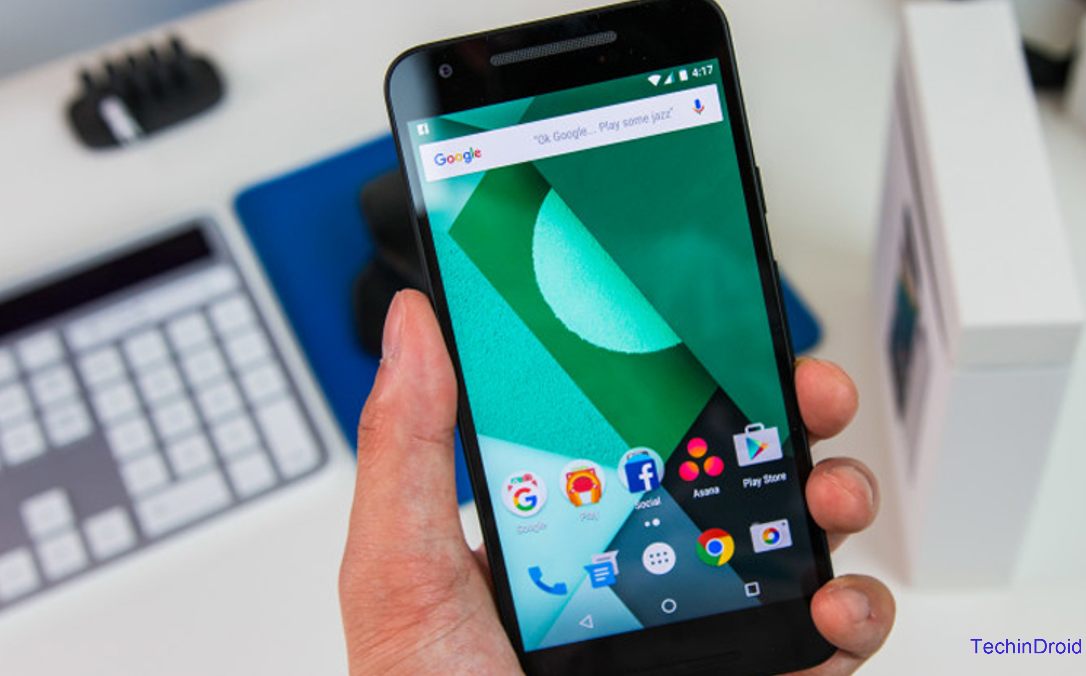A spyware can be installed on a cell phone in multiple ways without the owner knowing and without another person touching the phone. For example, the owner of the device can download an application that secretly contains a spyware or virus. Some spyware can be installed on a cell phone remotely, through the Bluetooth connection or even through multimedia messages that the cell phone owner opens.
Background
Cellular spyware is similar to spyware that affects computers because they both install themselves on the device after the user opens a message from an unknown person or downloads a program that has spyware. Often, cell phone spyware is used by a suspicious wife or father to monitor the activities of a family member. There are also many types of spyware available that allow a person to gain remote access to important information on a cell phone and to steal a person’s identity. In many cases, the cell phone owner does not realize that his device has a spyware until he sees that the cell phone bill shows text messages to unknown numbers. Sometimes an infected cell behaves strangely,
Downloading applications
Many smartphone owners who download applications for their Android device or for their iPhone do not realize that these applications are infected with spyware. In June 2010, SMobile Systems released a report that showed that about 20% of the applications available in the Android store contained a program that allowed a third party to gain access to important and private information from the device owner. Nearly 5% of applications could make calls to any cell number and about 2% could send text messages to a premium number, which included excessive fees, according to an article by Cnet.
MMS messages
Clicking on a link in an MMS message can also cause a spyware to be installed on the device. In February 2011, China’s National Computer Virus Emergency Response Center reported the existence of py.Felxispy spyware, which was aimed at devices with the Symbian operating system. Once users clicked on the MMS message, the spyware turned on the device’s conference call function while also turning on the speakerphone to monitor sound. According to a SecurityWeek article, this spyware also sent text messages that the user received to a monitored phone.
Surveillance
Law enforcement organizations sometimes use spywares to conduct electronic surveillance on suspects. In December 2006, Cnet reported that the FBI had installed remote programs on cell phones that belonged to an organized crime family in New York. Cnet reported that spyware activated the cell phone microphone to transmit the audio of conversations to researchers without the need to gain physical access to the devices.





